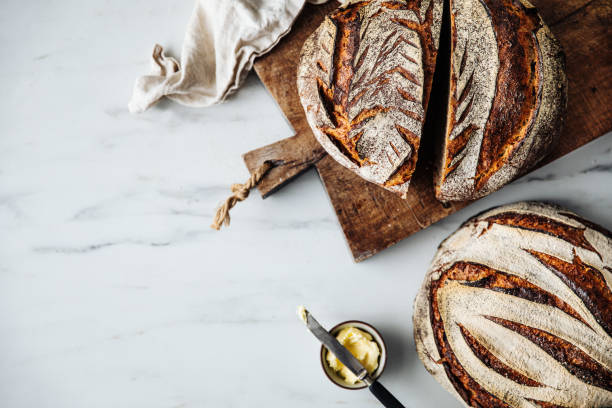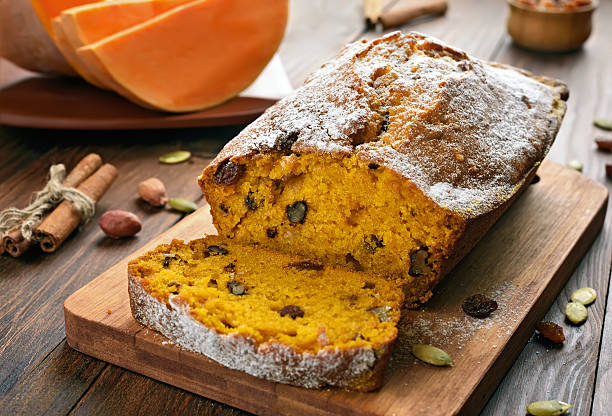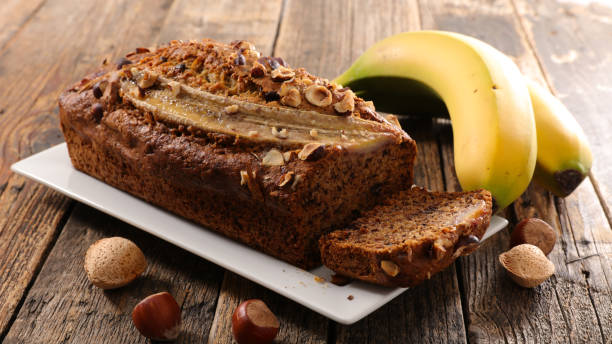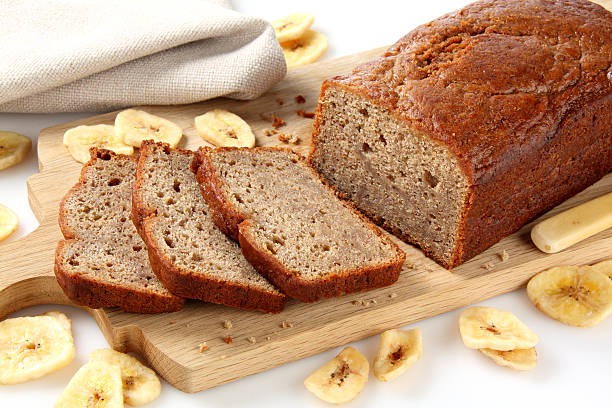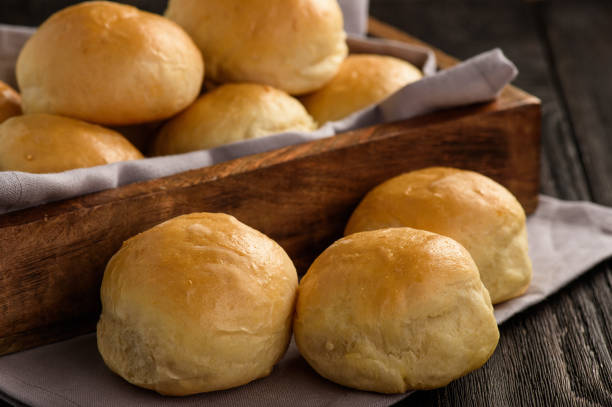Who says you need white bread for sandwiches? Here are great, healthy recipes without any wheat, but with all the more vegetables!
1. Portobello sandwich
Mushroom’s big brother is great for making a healthy, filling, bread-free sandwich!
For this recipe, you will need

- 2 nice portobello mushrooms
- some oil for frying
- 2 tomato slices
- 1/2 avocado
- 1 tablespoon finely diced tomatoes
- 1 tablespoon finely diced onion
- some chopped coriander
- 1 tsp lime juice
- 1 handful of baby spinach
- Salt and pepper to taste
That is how it goes
- Prepare guacamole with the avocado, diced tomatoes, onion, lime juice, cilantro, salt, and pepper.
- Remove the stem of the portobello mushrooms and gently remove the lamellae inside the cap.
- Fry the mushrooms in plenty of oil until well browned and drain on paper towels.
- Now build your sandwich. Start with a mushroom cap, place the two tomato slices on top, then the guacamole, and lastly the baby spinach.
- Finally, place the second mushroom cap on the sandwich. Hold together with a wooden stick. The mushroom sandwich can be varied and expanded according to your mood, for example with cheese, bacon, or chicken.
2. Eggplant sandwich
A great, baguette-shaped sandwich can be formed from eggplant cut lengthways. If you cut the slices a little thicker, they will still hold the sandwich together well after grilling.
- building blocks
- 1 large eggplant
- good olive oil
- 1 avocado
- 1 tomato
- 1 ball of mozzarella
- some basil leaves
- Cream of balsamic vinegar
- salt and pepper
That is how it goes
- Cut the aubergine lengthwise into slices about 2 cm thick and grill them without adding fat in a pan (a grill pan is best) or in the contact grill for a few minutes on each side.
- Slice the tomato, avocado, and cheese.
- Drizzle the grilled aubergine slices with a little olive oil, then layer the cheese, tomato, and avocado on top. Season with salt and pepper, top with a few basil leaves and some crema di balsamic before finishing with the aubergine topping. If you like, you can grill the finished sandwich for a moment.
3. Pointed pepper sandwich
Practical: The semi-circular shape of the pointed pepper also holds together crumbly sandwich toppings such as couscous, tuna, or quinoa.
This goes well in your pepper sandwich:
- tuna
- quinoa
- bulgur
- couscous
- romaine lettuce
- avocado
- hummus
That is how it goes
- Halve the pointed peppers and remove the seeds and stems.
- Fill one half with ingredients of your choice and fold the sandwich.
- Place the pepper sandwich in the oven at 180°C for 10 minutes.
4. Cucumber Sandwich
This little work of art made from cucumber, roast beef and lots of fresh vegetables could use a bit of spiciness, for example with a dollop of chili sauce.
The ingredients
- 1 straight cucumber
- roast beef
- vegetables at will
- maybe chili sauce
- coriander
This is how it’s done

- Peel the cucumber, cut off the ends and cut out a piece about 1 cm long from the middle.
- Remove the seeds from the resulting cucumber halves using a spoon.
- If desired, drizzle some chili sauce into the resulting cavities, then top with the roast beef, lettuce, vegetables, and coriander. The light paleo sandwich is ready!
5. Apple burger with goat cheese
A baked apple is an old hat. Combine the fresh apple aroma with goat cheese! You will be enthusiastic.
The ingredients
- 1 small, tart apple
- 1 slice of goat’s cream cheese
- Crema di balsamic as required
That’s how it’s done
- Remove the core of the apple and cut it in half.
- Briefly roast the cut sides of the apple in a (grill) pan or on the contact grill.
- Drizzle the cut surfaces with a little balsamic cream, put the goat cheese on top, and fold up the “burger” – bon appetit!





